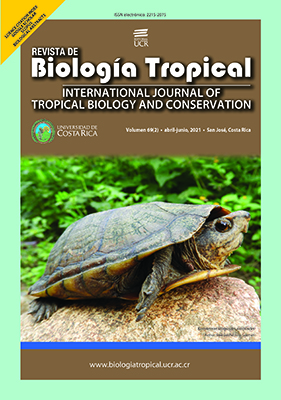Abstract
Introduction: Rhinella schneideri is a toad widely distributed in South America and its poison is characterized by inducing cardiotoxicity and neurotoxicity. Objective: In this work, we investigated pharmacological strategies to attenuate the peripheral neurotoxicity induced by R. schneideri poison in avian neuromuscular preparation. Methods: The experiments were carried out using isolated chick biventer cervicis preparation subjected to field stimulation for muscle twitches recordings or exposed to acetylcholine and potassium chloride for contracture responses. Results: Poison (10 μg/ml) produced complete neuromuscular blockade in chick biventer cervicis preparation within approximately 70 min incubation (times for 50 and 90 % blockade: 15 ± 3 min and 40 ± 2 min, respectively; P < 0.05, N= 5); contracture responses to exogenous acetylcholine and KCl were unaffected by poison indicating no specificity with postsynaptic receptors or myotoxicity, respectively. Poison (10 μg/ml)-induced neuromuscular blockade was not prevented by heparin (5 and 150 IU/ml) under pre- or post-treatment conditions. Incubation at low temperature (23-25 °C) abolished the neuromuscular blockade; after raising the temperature to 37 °C, the complete neuromuscular blockade was slightly slower than that seen in preparations directly incubated at 37 °C (times for 50 and 90 % blockade: 23 ± 2 min and 60 ± 2.5 min, respectively; P < 0.05, N= 4). Neostigmine (3.3 μM) did not reverse the neuromuscular blockade in BC preparation whereas 3,4-diaminopyridine (91.6 μM) produced a partial and sustained reversal of the twitch responses (29 ± 7.8 % of maximal reversal reached in approximately 40 min incubation; P < 0.05, N= 4). Conclusions: R. schneideri poison induces potent peripheral neurotoxicity in vitro which can be partially reversible by 3,4-diaminopyridine.
##plugins.facebook.comentarios##

This work is licensed under a Creative Commons Attribution 4.0 International License.
Copyright (c) 2021 Sandro Rostelato-Ferreira, Orlando B. Vettorazzo, Natália Tribuiani, Allan P. Leal, Cháriston A. Dal Belo, Léa Rodrigues-Simioni, Rafael S. Floriano, Yoko Oshima-Franco







